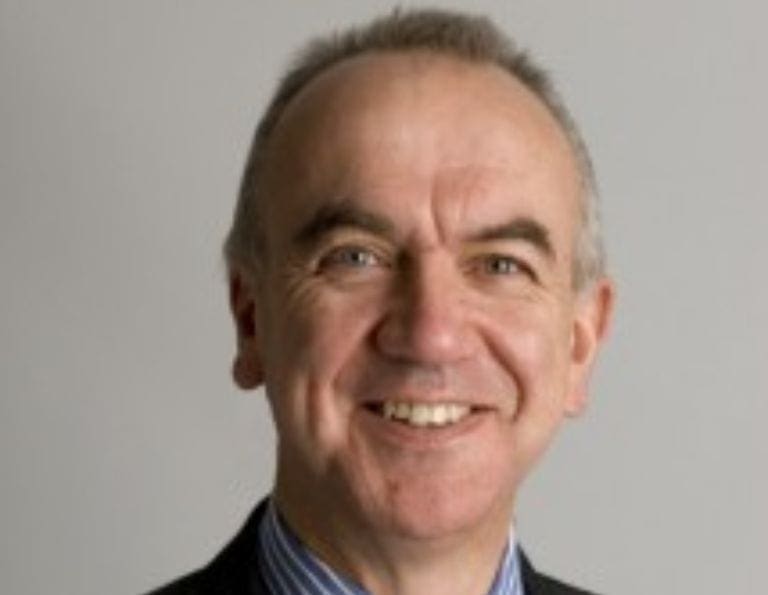It has been reported in the media that the Police trials of the use of facial recognition technology is dangerously inaccurate. This reported perception of the project as a failure is quite a shame but also obvious to anyone familiar with biometrics.
• The technology selected would always be expected to get a very high “failure” rate i.e. “False Accepts” where someone is wrongly identified as a match with a known criminal whose details are held in a database. Given the challenges posed by matching low quality images against a database poor results in terms of a high rate of “False Accepts” would be normal given the characteristics of facial recognition technology.
• The “success” of identifying between 2% and 5% of suspects is of dubious value given that officers have to sift through the matches and pick out those that are correct. Also how valuable is it when viewing a live event? Imagine it. Police are sent in to apprehend one hundred people on the basis that between two and five should properly be behind bars? It just wouldn’t work.
But my beef is not just with the Police. It’s with an industry which enthusiastically oversells these systems and buyers that misunderstand what they are selecting. Facial recognition technology is a wonderful addition to the array of biometric tools and we are becoming used to it as a means of logging on to phones and other systems. On the one hand simple one-to-one facial matching, “verification”, for logging in is excellent but the use of it for accurate facial recognition, “one-to-many identification” in a crowd has always been the nirvana of the technology and rarely achieved.
It is feasible for a phone to match a facial image taken today against one taken previously; a simple 1:1 verification that the person is the same. The question being asked of phone technology i.e. “is the person viewed now the same one as stored previously using the same camera?” is relatively straightforward and can be carried out with confidence.
By contrast the technological challenge of picking out faces in a crowd from a remote video camera, usually many metres from the subject, is too great. Ignoring the angle of faces presented and whether they are smiling, additional challenges for a computer, the information in the image from a distance is much less. The number of pixels of a digital face in a high-quality image taken with a good quality DSLR camera, about 500,000, compares with those of a “face in the crowd” typically around 2,000. So, a good SLR has potentially 250 times more information. Your phone with the megapixel camera does well too. Using such photographs to match 1:1 gives a high but not perfect chance of success. 1:1 verification can be made to work well but if you don’t believe me that facial recognition is hard just try submitting a passport photograph with a smiling image. It will not be accepted because the smile distorts the face so much that facial recognition by computer is much more difficult.
Now take that image with 500,000 pixels and you have a good chance of identifying the correct match in a large database of 100,000. Facial recognition technology will pick out a range of faces and give the probabilities of a match with a good chance of one success, provided of course that the database also contains high quality images.
But let’s go back to the “face in the crowd”. We have 2,000 pixels of information about 45×45. It’s simply not enough for accurate facial recognition. Against a database of 10,000 suspects many will be identified as possible matches but few will be actual matches and many that should be matched will be missed. We have simply no idea how many people it should identify. Non-identification does not mean that they are not present. They may after all have been smiling.
Maybe identifying a few criminals is worth the money but I doubt it. The most disturbing thing is that none of this is new for biometrics professionals, the poor results are as expected and hence this use of the technology is unlikely to serve either the Police, public, or the taxpayer well.
*Francis Toye is the MD and founder of Unilink which supplies biometric systems for HMPPS and the Home Office for VISAs.
Share








